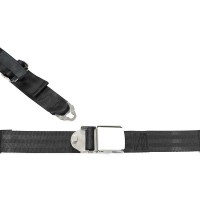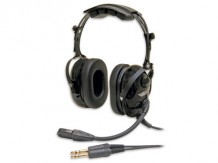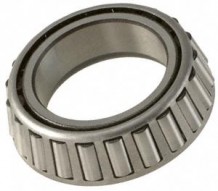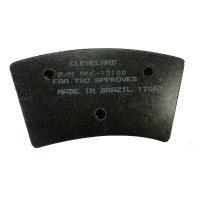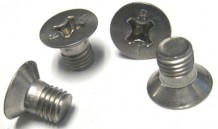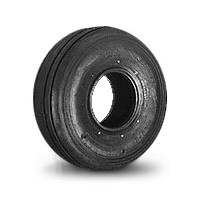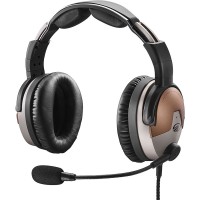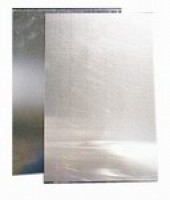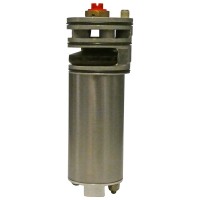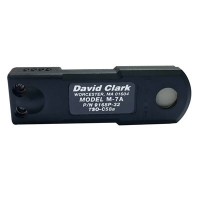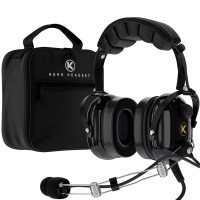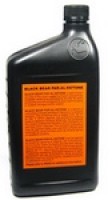1-877-795-2278 | info@aircraftspruce.ca
Aircraft Spruce Canada
Brantford, ON Canada
Corona, CA | Peachtree City, GA
Chicago, IL | Wasilla, AK
Aircraft Spruce Canada
Brantford, ON Canada
Corona, CA | Peachtree City, GA
Chicago, IL | Wasilla, AK
THE AVIATION SUPERSTORE FOR ALL YOUR AIRCRAFT & PILOT NEEDS | 877-795-2278
L-1049 Super Constellation Twa Model
$407.00/Each
Part# 13-11016
MFR Model# SE0015W
MFR Model# SE0015W
Overview
|
On April 7, 1967, Trans World Airlines (TWA) became one of the worlds first all-jet airlines with the retirement of their last Lockheed L-1049G Super Constellation and L-1649 Starliner aircraft. Many people consider the L-1049 Super Constellation to be the loveliest commercial aircraft ever built, which is why they often affectionately call it the ""Super Connie""./P> The L-1049G Super Constellation took off from Hamburg, Germany, to New York, USA, with a stop in Dusseldorf. The flight lasted 17 hours. In those days, flights across the Atlantic heading for America could be accomplished only with an intermediate stop. Flights to Germany were usually non-stop, due to the tail-wind. This marked the beginning of a new era. It wasnt until the Super Constellation that the plane became a means of mass transportation that allowed people to travel quickly and comfortably to cities around the world. The L-1049-G Super Constellation has 5 flight crews. The L-1049-Gs capacity is typically 62-95 passengers, up to 109 could be seated. The L-1049-G Super Constellation has a maximum speed of 380 mph and range of 5,400 mi. The L-1049G is distinguished by round windows and the ability to carry wingtip fuel tanks. The L-1049G Super Constellation had another distinguishing feature: It was the first commercial aircraft to have a pressurised cabin. |
Q&A
Please note, Aircraft Spruce Canada's personnel are not certified aircraft mechanics and can only provide general support and ideas, which should not be relied upon or implemented in lieu of consulting an A&P or other qualified technician. Aircraft Spruce Canada assumes no responsibility or liability for any issue or problem which may arise from any repair, modification or other work done from this knowledge base. Any product eligibility information provided here is based on general application guides and we recommend always referring to your specific aircraft parts manual, the parts manufacturer or consulting with a qualified mechanic.

 Aircraft Spruce Canada
Aircraft Spruce Canada






